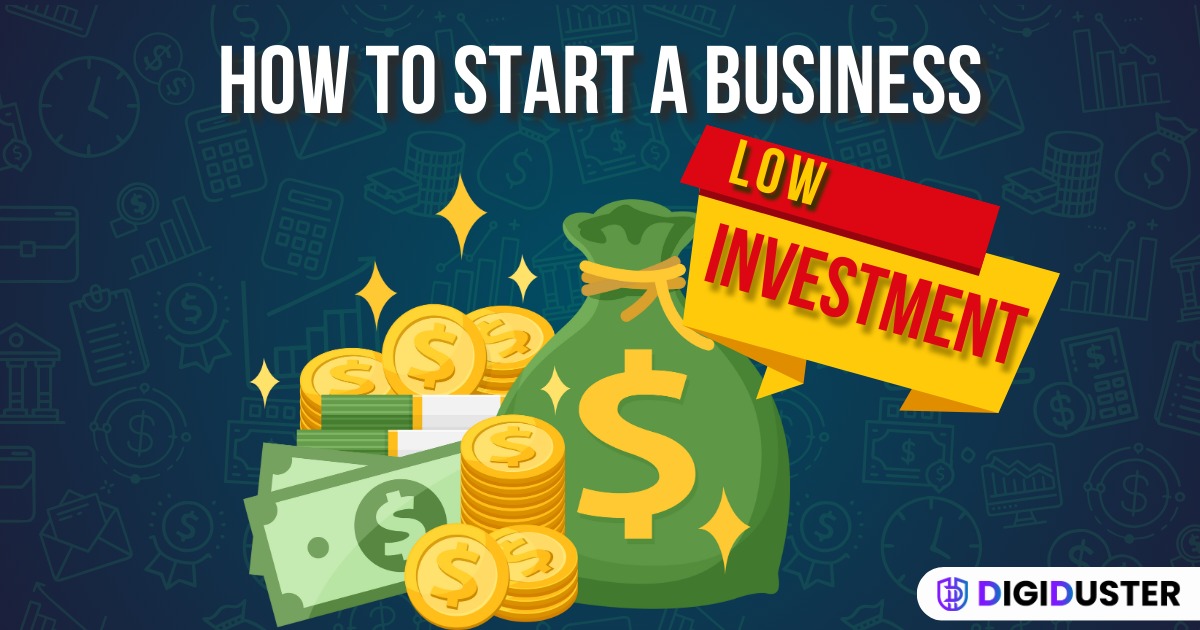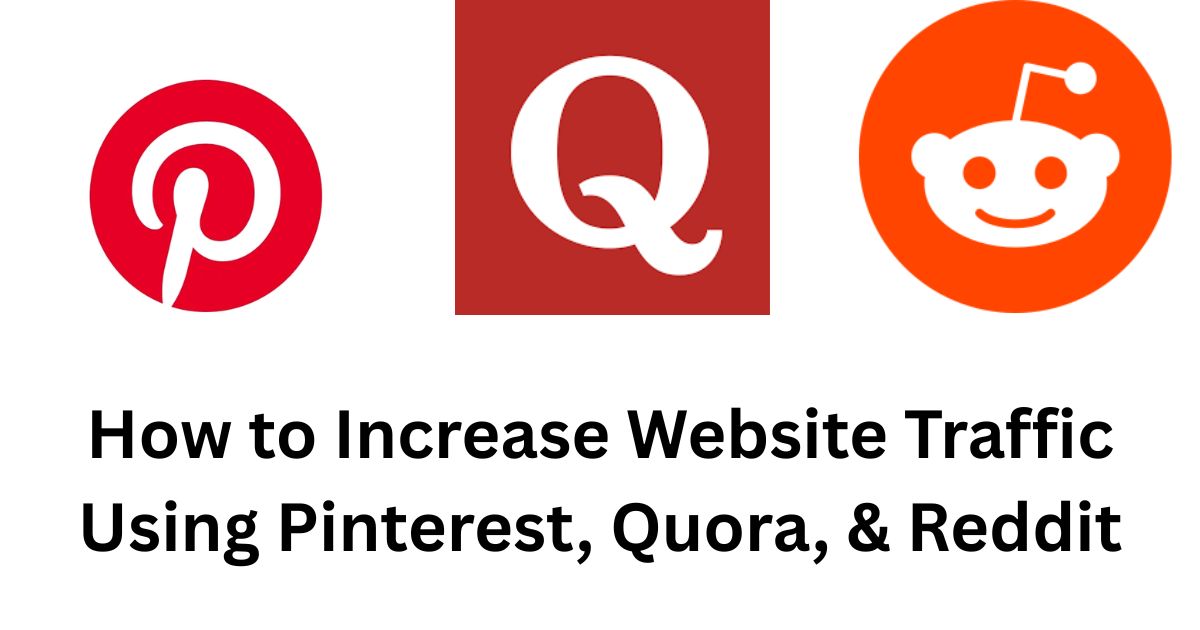Starting a business doesn’t always require a huge investment. With today’s digital landscape and smart strategies, it’s possible to launch a successful business with minimal capital. Many entrepreneurs have built thriving companies with low investment, leveraging skills, online platforms, and innovative business models. Let’s cover how to start a business with low investment.
Examples of Successful Low-Investment Businesses
- Freelancing: Many professionals earn a full-time income by offering services like graphic design, writing, and programming.
- Dropshipping: Entrepreneurs sell products online without maintaining inventory.
- Online Coaching & Digital Products: Selling courses, e-books, and consulting services with little upfront cost.
- Print on Demand: Selling customized products without keeping inventory.
- Affiliate Marketing: Earning commissions by promoting other brands’ products.
Choosing the Right Low-Investment Business Idea
Picking the right business idea is crucial. Consider these factors:
- Market Demand: Choose a business that has a strong customer base.
- Skill Utilization: Leverage your existing skills and expertise.
- Scalability: Start small and grow as you generate revenue.
- Flexibility: Choose an idea that allows you to work remotely if needed.
- Competition Level: Enter a niche with manageable competition to stand out.
High-Potential Business Ideas
- Service-Based Businesses: Digital marketing, content writing, social media management, and consulting.
- E-commerce & Dropshipping: Selling trending products without inventory management.
- Digital Products: Online courses, e-books, templates, and design assets.
- Local Services: Pet care, home cleaning, and delivery services.
- AI-Driven Businesses: Virtual assistance, chatbot development, and automation services.
- Subscription-Based Models: Offering exclusive content or services for a monthly fee.
Validating Your Business Idea
Before diving in, ensure there’s a demand for your product or service.
- Conduct Market Research on a Budget: Use free tools like Google Trends, AnswerThePublic, and social media polls.
- Find Your Target Audience: Engage with potential customers through online forums, LinkedIn, and Facebook groups.
- Pre-Sell Your Offer: Validate demand by securing pre-orders or pilot clients.
- Check Competitor Activity: Analyze competitors to identify gaps in the market.
- Create a Minimum Viable Product (MVP): Start with a basic version to test demand.
See also: 6 Key Benefits of AI for Small Businesses
How to Start with Minimal Capital
Bootstrapping Techniques
- Use Personal Savings: Start with what you have instead of seeking external funding.
- Offer Pre-Orders: Sell your product before manufacturing it.
- Partner with Co-Founders: Find someone who can bring complementary skills.
- Apply for Small Business Grants: Some organizations provide funding for startups.
- Use Crowdfunding Platforms: Raise money through platforms like Kickstarter or Indiegogo.
Leveraging Free or Low-Cost Tools
- Website Building: Use platforms like Wix, WordPress, or Card for an affordable online presence.
- Free Productivity Tools: Google Workspace, Trello, and Slack for business management.
- DIY Marketing: Learn SEO, social media marketing, and content creation instead of hiring professionals.
- Barter Services: Exchange skills with other professionals instead of paying.
- Use Open-Source Software: Utilize free tools like GIMP (for design) and LibreOffice (for documents).
Setting Up Your Business Online
A strong online presence is key to success.
- Create a Simple Website: Use WordPress or Shopify for e-commerce businesses.
- Get a Free Business Email & Domain: Zoho Mail and Namecheap offer affordable options.
- Utilize Free Digital Marketing Tools: Canva for design, Mailchimp for email marketing, and Buffer for social media scheduling.
- Leverage Social Media: Set up business profiles on Facebook, Instagram, and LinkedIn.
- Claim a Google My Business Listing: Essential for local service businesses.
Marketing Strategies for a Low-Investment Business
Marketing doesn’t have to be expensive if you use smart strategies.
- Organic Marketing: Use SEO, social media, and content marketing to attract customers.
- Referral Programs: Encourage existing customers to refer others with small incentives.
- Affordable Paid Ads: Run highly targeted Facebook and Google Ads with a small budget.
- Networking & Collaborations: Partner with influencers, bloggers, or other small businesses to expand your reach.
- Utilize Email Marketing: Build an email list and nurture potential customers.
- Engage in Online Communities: Provide value in Facebook groups and Reddit to attract clients.
Scaling Your Business Without Major Investment
Once your business gains traction, focus on growth strategies that don’t require heavy funding.
- Automate Tasks: Use tools like Zapier to reduce manual work.
- Expand Revenue Streams: Introduce subscription models, affiliate marketing, or digital products.
- Outsource Instead of Hiring: Work with freelancers from platforms like Upwork and Fiverr.
- Reinvest Profits Wisely: Use earnings to scale marketing and operations.
- Implement Customer Loyalty Programs: Encourage repeat purchases with discounts or exclusive offers.
- Focus on Brand Building: Establish authority through guest posts and industry partnerships.
See also: How to Buy an Established Business With No Money
Common Mistakes to Avoid
Avoid these pitfalls when launching a low-investment business:
- Investing in Unnecessary Tools: Only spend on essential tools that directly impact revenue.
- Underpricing Services/Products: Price competitively to ensure profitability.
- Ignoring Customer Feedback: Adapt and improve based on customer reviews and suggestions.
- Failing to Market Consistently: A great business idea fails without proper visibility.
- Neglecting Legal Formalities: Register your business, get licenses, and protect your brand.
- Not Tracking Finances: Use simple accounting tools to monitor income and expenses.
Final Thoughts
Starting a business with low investment is possible if you choose the right idea, validate it, and use cost-effective strategies. Take action today, use free tools, market smartly, and grow at your own pace. Success comes from consistency, creativity, and resilience! Don’t wait—start building your dream business now.



